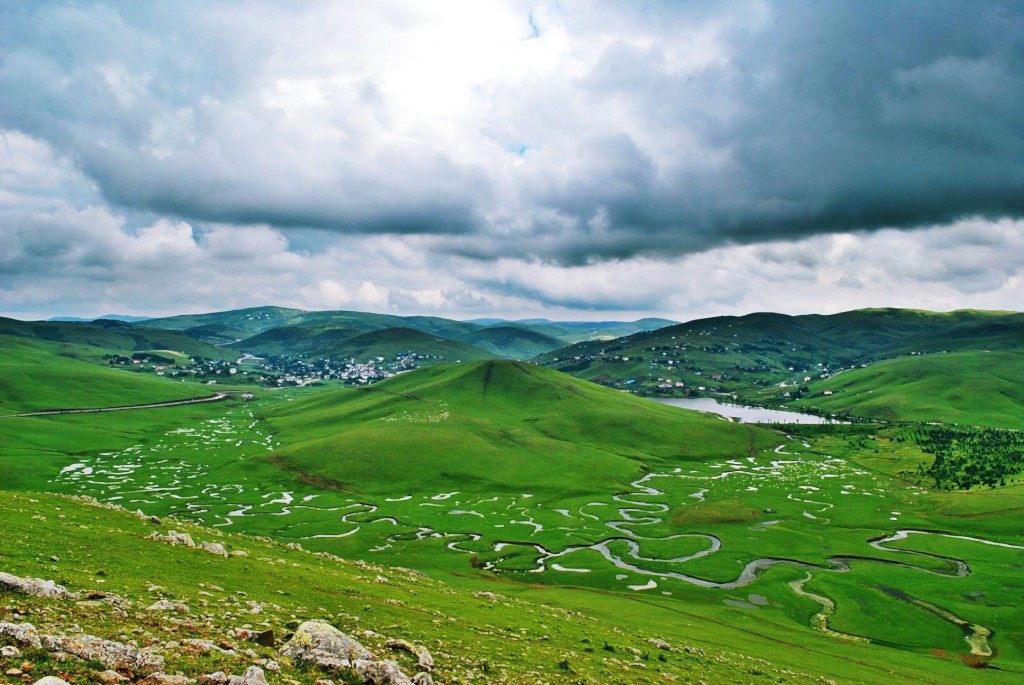For that genuine “get away from it all” feeling, more and more tourists are finding Turkey’s lush and mountainous Black Sea Coast a welcome change from its busier and more developed southern coastline.
Between the white-capped waves of the Black Sea and the steep slopes of the Küre, Kaçkar and Pontic Mountains, discover the picturesque ports of Ordu, Amasra, Bartın, Cide and Sinop. For travellers off the beaten trail, you’ll find deserted beaches and attractive villages dotted along Turkey’s northern coastline.
Think of them as the Black Sea’s string of pearls, fringing the coastal plain before it soon gives way to the steep, virtually continuous mountain ranges, which have such an influence on the area’s humid climate. The government has designated this unusual region a Highlands and Nature Tourism and Development Zone.
Eco-tourism
The region’s scenically-beautiful facilities include camping in carefully-selected conservation areas. There’s skiing, golfing, caving, paragliding, bird-watching (the Kızılırmak wetlands boast 320 different species), rafting, hiking and horse riding, making it ideal for all forms of eco-tourism.
The region’s climate means there’s a huge accent on growing things, like tea, strawberries and hazelnuts (Turkey produces 75% of the world’s hazelnuts). And for naturalists, you can also see bears, deer, wolves, foxes and eagles.
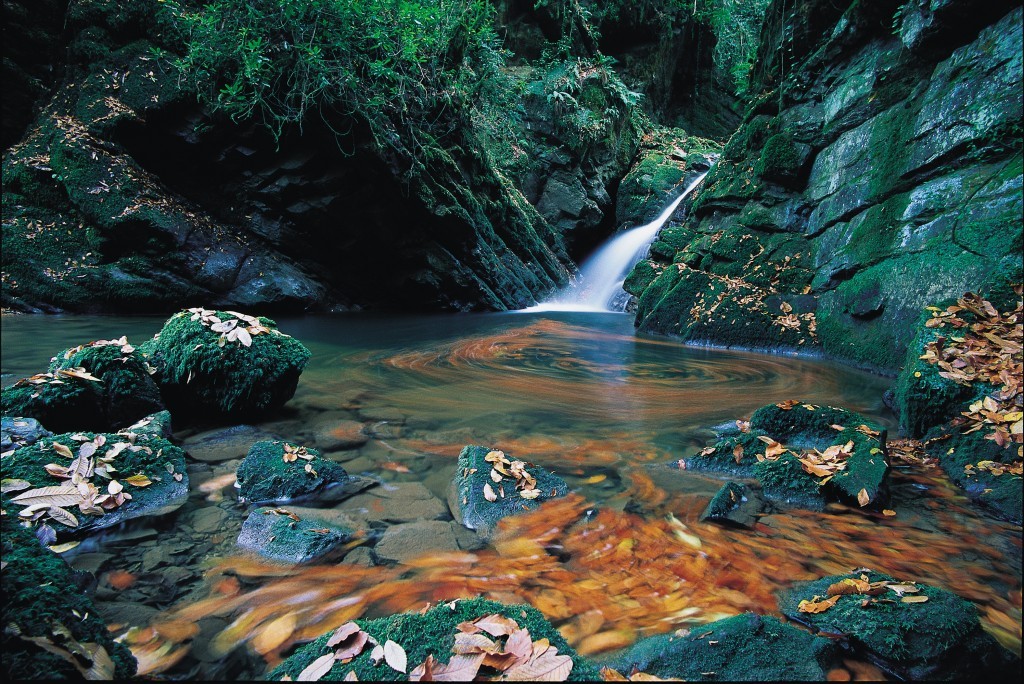
Why the “Black” Sea?
Why the name “Black”, you might ask? As usual, there’s more than one answer. Some sources say it’s the sea’s colour which gives it that name. Intense fog often develops over the sea, absorbing the light and making the water look black.
A lack of oxygen in the water also prevents the development of microorganisms, which again makes the sea appear darker. At certain depths the water actually becomes toxic and, given the notoriously fierce storms, many sailors dubbed it the Sea of Death or Black Sea. Others hint darkly that both Roman and Greek conquerors got a rough reception from the natives, their inhospitable nature resulting in its name “Black”.
Whatever the real truth, the “natives” have changed a lot since then, and you will find a warm welcome in the pansiyons (guesthouses) and hotels that cover the area.
Ancient heroes and heroines
But those conquerors all left their mark on the region, where human occupation and even wine-making can be traced back at least 5,000 years. This is the area which produced those legendary female warriors, the Amazons, prototypes of our own admired Boudicca.
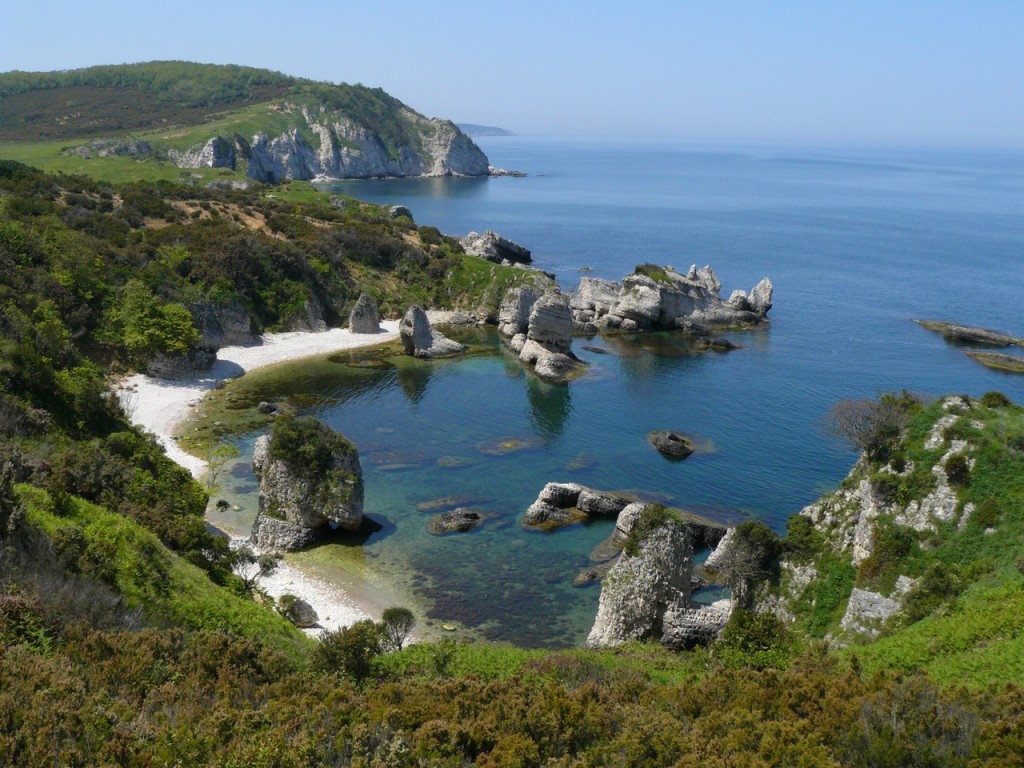
Here too Jason led the intrepid Argonauts in search of the legendary Golden Fleece, and fire-bringer Prometheus was punished by the Gods for stealing such a precious gift for mankind. So you can expect to find intriguing museums and archaeological sites peppered throughout the whole region.
Take the ancient town of Ordu, situated at the foot of a forested hill. This gateway to the eastern region has an oxygen-laden atmosphere and varied landscape encompassing pristine plateaus, clear mountain streams and a cornucopia of corn, hazelnuts and anchovies.
Evidence of habitation dates back to as early as 3,000 BC. Around 399 BC, the survivors of Xenophon’s Ten Thousand Greek warriors that fought the Babylonian campaign left Anatolia from Ordu in their retreat to the west.
Old world charm of Ordu
Today, simply walking the old streets of Ordu lined with authentic examples of civic architecture is a nostalgic experience. Take the cable car (teleferik) up to Boztepe Hill and enjoy a panoramic view of the town from 450m above sea level. There are numerous recreational facilities on the pine-covered slopes: if you are brave, try out the paragliding.
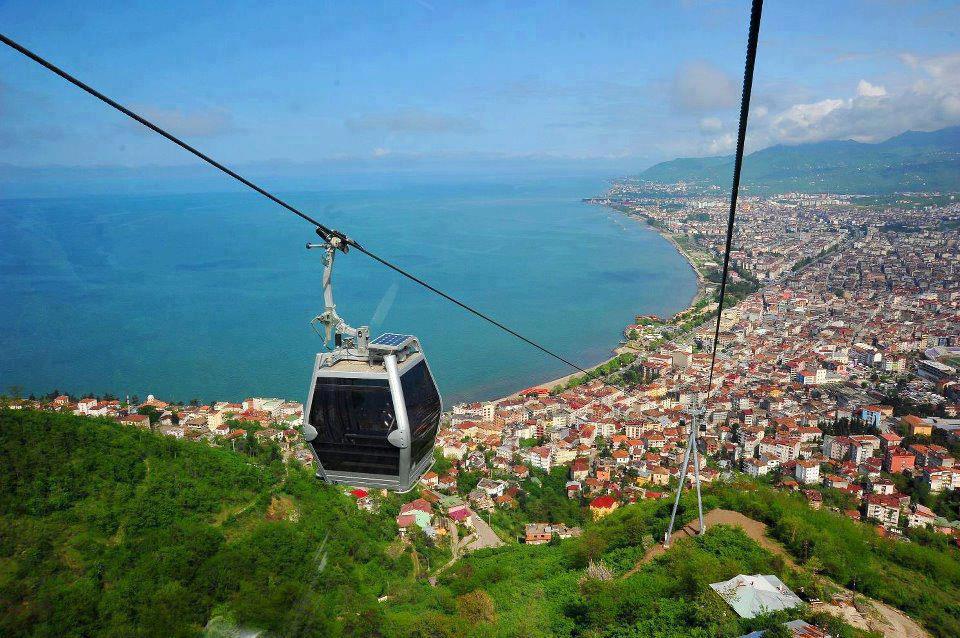
At the Paşaoğlu Konak (mansion), now the Ethnographical Museum, visitors can see how a rich and influential 19th century Ottoman family lived. The building has exceptional masonry work, with stones brought from Ünye further along the coast, timber imported from Romania and glazed tiles shipped from Europe.
Another landmark in the Taşbaşı Cultural Center, located in a conservation area. Built by Orthodox Christian locals in 1853 as a church, the building re-opened to the public as a cultural centre after renovation. Today it serves as a venue for symposiums, conferences, exhibitions, shows and theatrical performances.
The ablution fountain, known as the Osman Paşa Şadırvanı, has strikingly tall columns supporting its cupola and was rebuilt in 1997 as a strict replica of the original erected in 1842. The pretty beach of Güzelyalı is also worth visiting.
The province has the distinction of producing most of Turkey’s annual hazelnut crop, which is the defining element of social life in the city. Every July the town hosts the Golden Hazelnut Festival, where you can sample the delicious chocolate nut candy. With the onset of August the hazelnut groves become full of life and both young and old, men and women sing local folk songs while gathering the hazelnut harvest.
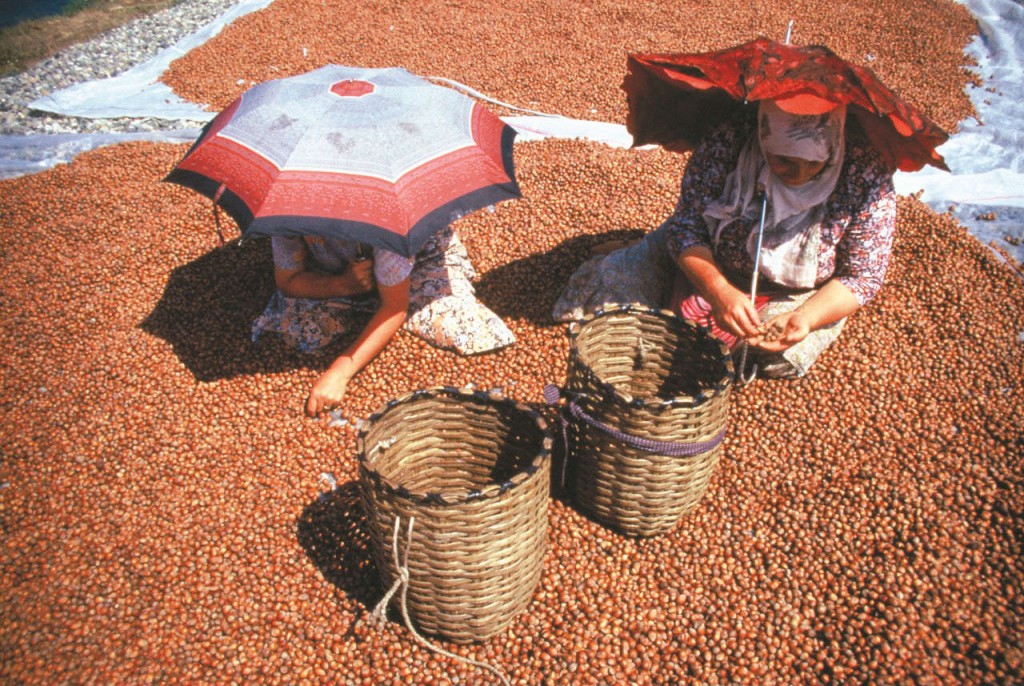
Other hidden gems in the region include Gölköy Castle. Built by the Byzantines, Ordu’s highest castle was listed as a world antique monument by UNESCO in 1977. Nearby is Çamaş: at 4km long, it is Turkey’s longest creek canyon. About 7 miles away is the gorgeous Gerce Waterfall, located in Turnalık plateau that’s perfect for hiking.
70km away in Aybastı is the Perşembe Yaylası (Plateau). At an altitude of 1850m, it offers incredible views, world-famous meanders and the Çiseli Waterfall. Plateau festivals are held during the summer.
Black Sea cuisine
One of the best things about visiting Turkey is sampling its rich and diverse cuisine, and the Black Sea has no shortage of signature dishes. Its anchovies – or hamsi are available in abundance virtually all year round and can be eaten grilled, fried or baked.
Black cabbage (kara lahana) is another staple of this lush green region, used for everything from soup to dolma. An unusual Black Sea delicacy is deli bal (mad honey), made by bees that forage on the local fauna containing grayanotoxin. It is so strong it can cause dizziness and hallucinations, so only eat it in tiny quantities.
A less dangerous local favourite is Siron: baked pastry rolls flavoured with beef broth, topped with butter and a garlic-chilli-flake yogurt sauce. Another tasty meal is green bean omelette (yumurtalı fasulye kızartması) made with corn flour.
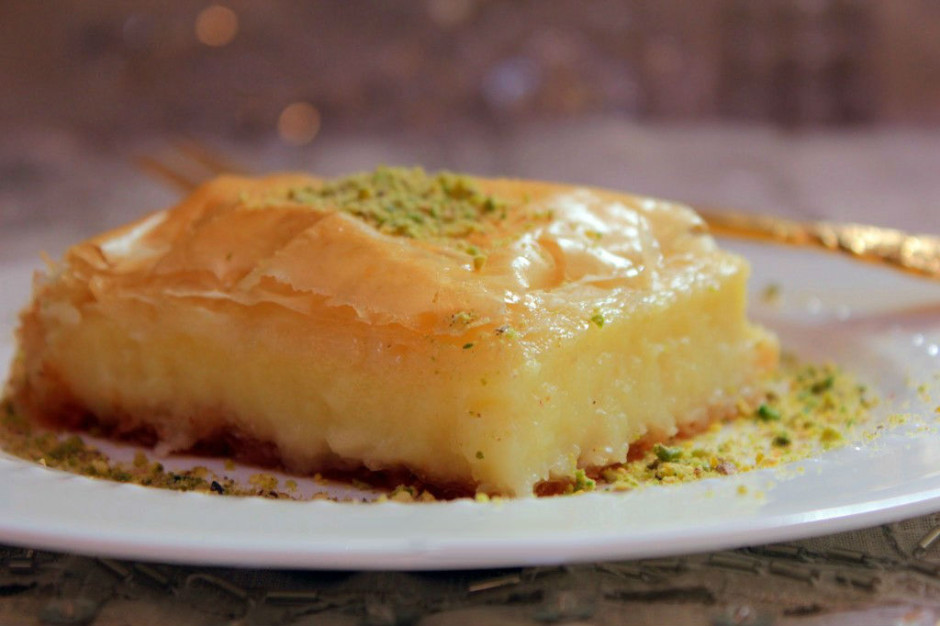
For a light snack, dip into muhlama – a fondue made with cornmeal, and traditional local cheese and butter, served with fresh crusty bread. For dessert, try Laz Böreği. It’s like baklava, except it contains custard in the middle that is made using sweet milk from local dairy farms.
Sumela Monastery, Trabzon
No account of the Black Sea coast could possibly be complete without mention of beautiful Trabzon at its eastern end, whose key position on the Silk Route to China helped make her a capital city centuries ago. She was immortalised in Dame Rose Macaulay’s novel The Towers of Trebizond, and one might well begin and end a Black Sea Coast holiday there.
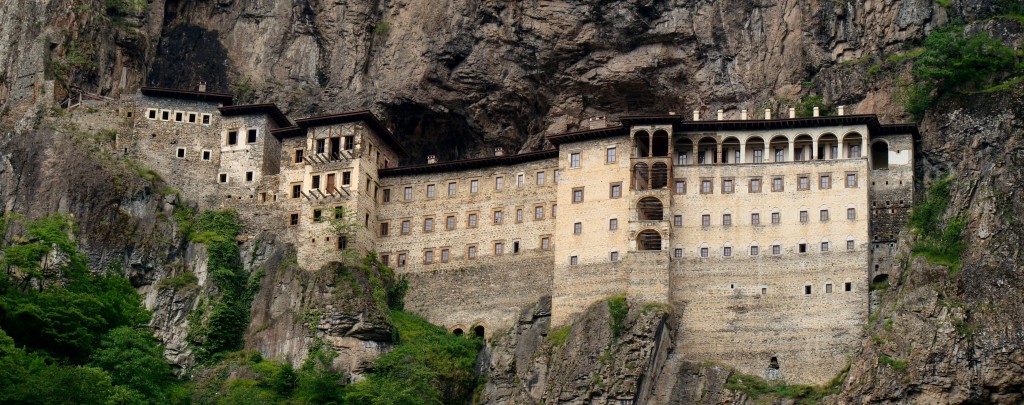
Make time to visit its nearby star attraction: the Sumela Monastery (pictured above), which lies 44 miles south of Trabzon and will re-open to the public in September 2016. Founded in AD 386, this majestic 72-room Greek Orthodox monastery was constructed into the rock face of the Karadağ Mountain and remains of great historical and cultural significance. Located within Altındere National Park, which boasts stunning landscapes and wildlife, the monastery requires a considerable hike to reach it, but the atmosphere within this sacred building and the breathtaking views of the valley below are worth it.
Remember, there are almost 1,000 miles of Black Sea coast, no continuous motorway, and a large variety of outdoor activities on offer, so it’s not an area you can seek to cover entirely in one holiday. Pick a few activities that you fancy and find out where they are best catered for, and start exploring from there.
Black Sea Holidays: www.ecoturkey.com for tours or call Tulip Holidays on 020 8211 0001 for a bespoke Black Sea package
Main photo: Perşembe Yaylası in Ordu. Photo by Eyüp Belen

